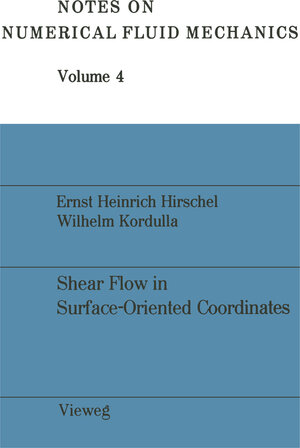
×
![Buchcover ISBN 9783663052777]()
Shear Flow in Surface-Oriented Coordinate
von Ernst Heinrich HirschelInhaltsverzeichnis
- 1. Introduction.
- 2. First-Order Boundary-Layer Equations.
- 3. Boundary-Layer Parameters.
- 4. Stagnation-Point Solution.
- 5. Quasi-Two-Dimensional Boundary Layers.
- 6. Initial Conditions for the Prediction of Boundary Layers on Wings and Fuselages.
- 7. Higher-Order Boundary-Layer Equations.
- 8. Thin-Layer Approximations of the Navier-Stokes Equations.
- 9. On the Influence of Surface Curvature.
- 10. Samples of Surface-Oriented Coordinate Systems.
- 11. Conditions of Compatibility at the Body Surface.
- 12. Local Topology of Three-Dimensional Separation and Attachment Lines.
- 13. Similarity-Type Transformation of Boundary-Layer Equations in Contravariant Form.
- Appendix A: Basic Geometrical Relations.
- A. 1 General Coordinates.
- A.2 Surface-Oriented Locally Monoclinic Coordinates.
- A. 3 Covariant Base Vectors of Surface-Oriented Coordinate Systems.
- A.4 Transformation of a Vector.
- A.5 Partial Derivatives.
- A.6 The Covariant Metric Tensor for Surface-Oriented Coordinates..
- A.8 The Two Principal Curvatures of the Surface.
- A.9 Directions of the Two Principal Curvatures of the Surface.
- A.13 Christoffel Symbols and Metric Factors.
- A.14 Shifters.
- Appendix B: Series Expansion of Vector Quantities in General Coordinates.
- Appendix C: The Vorticity Vector.
- Appendix D: Dimensions and Boundary-Layer Stretching.
- Appendix E. Calculation of Streamlines, Surface and Volume Element.
- List of Symbols.
- References.




